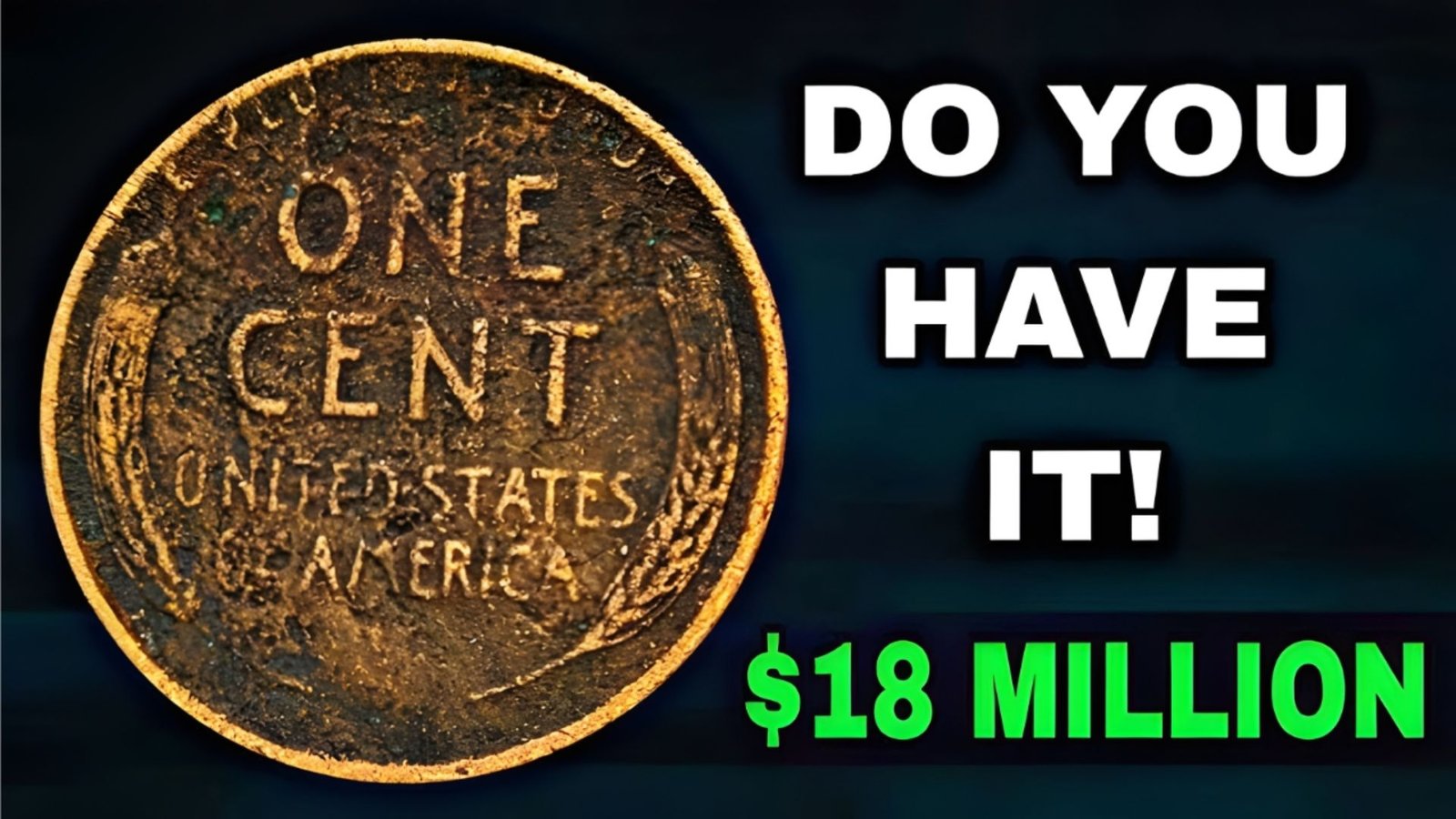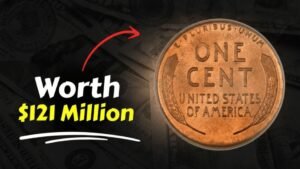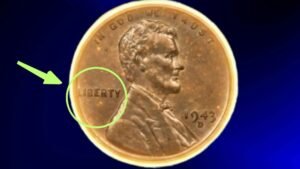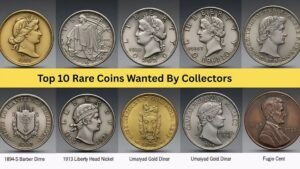Imagine digging through an old cookie jar and pulling out a dusty 1914-D wheat penny. What if I told you it could be worth over $1,000 today? Wheat pennies, those iconic Lincoln cents with the wheat stalks on the back, have been quietly climbing in value for hobbyists and collectors.
In the last 11 years, from 2014 to 2025, their worth has surged thanks to rising collector demand and rare finds. Stick around—this guide breaks down the trends, tips, and treasures to help you spot your own jackpot.
What Are Wheat Pennies? A Quick Intro
Wheat pennies, or Lincoln Wheat Cents, ran from 1909 to 1958. They’re the everyday U.S. one-cent coins featuring Abe Lincoln’s profile and two wheat ears on the reverse. Most circulated ones fetch just a few cents, but rare dates, mint marks, or errors? Those wheat penny values can skyrocket into thousands. If you’re new to rare coins, think of them as affordable entry points to numismatics—fun, historical, and potentially profitable.
The Rich History Behind These Copper Gems
Born in 1909 to honor Lincoln’s centennial, these coins were designed by Victor David Brenner. The “VDB” initials caused a stir—removed after public outcry, then added back subtly. Minted in Philadelphia, Denver, and San Francisco, low-mintage years like 1909-S or 1914-D became instant rarities. By 1959, the wheat design bowed out for the Lincoln Memorial. Fast-forward: These relics capture a slice of American history, from World Wars to economic booms.
Why Wheat Penny Values Are Booming Today
In 2014, a solid wheat penny collection might cost you $10,000. By 2025? Expect 20-50% jumps for top pieces, fueled by online auctions, TikTok hunts, and millennial collectors. Inflation plays a role, but scarcity drives the real spike—fewer pristine examples survive. Rare wheat pennies aren’t just nostalgia; they’re smart investments in a hobby market hitting $500 million yearly.
How to Hunt, Collect, and Cash In on Wheat Pennies
Start simple: Check your change or estate lots for pre-1959 dates. Use apps like CoinSnap to ID potentials. Build a collection by grading via PCGS or NGC—condition is king. Sell on eBay or Heritage Auctions for max wheat penny worth. Beginners, grab a 1909-S for under $100; pros, chase errors for flips. It’s a thrill that pays off, blending history with hobby joy.
Mind-Blowing Stats and Auction Records
Over 11 years, wheat cent values have appreciated steadily. Common circulated pieces rose from ~$0.10 in 2014 to $0.25 in 2025. Rarities? Explosive growth.
Here’s a snapshot of notable auction highs:
| Year | Coin Variety | Sale Price | Notes |
|---|---|---|---|
| 2014 | 1909 VDB PR67+ | $258,500 | Record proof example |
| 2016 | 1909 PR66BN | $41,125 | Brown-toned beauty |
| 2019 | 1909 PR66RD | $70,500 | Vibrant red luster |
| 2025 | 1943-D Bronze | $2.3 million | Wartime error rarity |
And current 2025 values for key dates (PCGS MS65 RD):
| Year/Mint | Estimated Value | Appreciation Since 2014 |
|---|---|---|
| 1909-S VDB | $8,000 | +30% (from ~$6,000) |
| 1914-D | $18,000 | +40% (from ~$12,800) |
| 1931-S | $2,200 | +25% (from ~$1,760) |
These numbers show why rare wheat pennies are collector catnip.
Expert Tips to Maximize Your Wheat Penny Worth
Store in albums away from light—oxidation kills value. Hunt bank rolls for sleepers; doubled dies like 1955 can hit $1,000 easy. Consult a grader early; a bump from VF to MS65 doubles worth. Join forums like CoinTalk for trades. Pro tip: Focus on red (RD) coins—they command 2-3x premiums over brown.
Frequently Asked Questions (FAQs)
What’s the most valuable wheat penny?
The 1943 bronze errors top $1 million, but 1909-S VDB MS67s fetch $150,000+.
How do I know my wheat penny’s value?
Check date, mint mark, and condition. Use PCGS guides or apps for quick estimates.
Have wheat penny values dropped lately?
No—2025 shows slight upticks despite market dips, thanks to steady demand.
Can I find rare wheat pennies in circulation?
Rarely, but possible! Scan rolls for key dates like 1914-D.
Is now a good time to sell?
Yes, with 2025 highs—wait for auctions if holding gems.
In wrapping up, wheat pennies prove small coins pack big punches. From 2014’s modest starts to 2025’s soaring wheat penny values, they’ve turned pocket change into portfolios. Dust off that jar, appraise your stash, and dive into rare coins—your next treasure hunt awaits. Share your finds below or explore our rare wheat pennies guide next!




